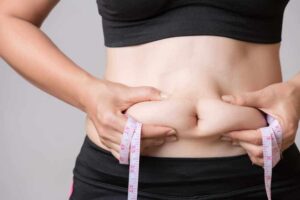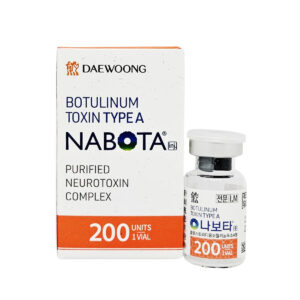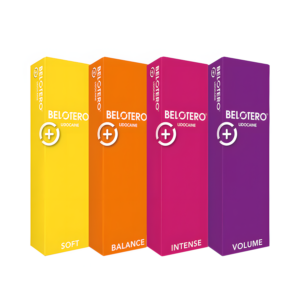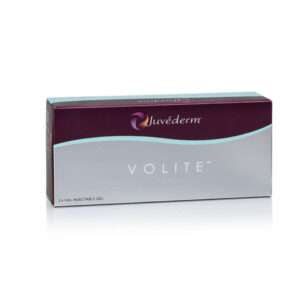No products in the cart.
Need help? Write to us support@fillersfairy.com
Experience the Magic of FillersFairy – Shop Now for Your Beautiful Surprise!
- DERMAL FILLER
- BODY FILLER
- SKIN BOOSTER
- NCTF 135HA
- DIVA EYE PN
- DIVA FACE PN
- AMI NAD+
- NadReju
- Miracle Touch BR
- Miracle Touch Up
- Regenovue Aqua Shine Plus
- Vitaran i
- Vitaran i 2
- Hyalace
- Elaxen PN
- PuriColl
- Rejeunesse Sparkle
- ASCE+ IRLV
- AestheFill
- AETER PURI EYES
- Ami Eyes
- Aqua Exosome
- ASCE Plus SRLV
- Celosome Aqua
- Curenex Glow
- Cytocare
- Exo-one
- High Inj
- Hyaron
- Juvederm Skinvive
- Kiara Reju
- Lapuroon
- Miracle
- Puri Hilo PN
- Puri Pdrn
- Purilips
- Rejuran
- Revitrane HA20
- Richesse Collafio
- Save B32
- Save B32SP
- BOTULINUM TOXIN
- FAT DISSOLVING
- HAIR TREATMENT
- IV THERAPY
- NUMBING CREAM
- PLLA/PCL/CA+
- CONSUMABLES
- THREAD
- AESTHETIC COSMETICS
- PEELING
Сall our consultants or Chat Online
+1(912)5047648
- DERMAL FILLER
- BODY FILLER
- SKIN BOOSTER
- NCTF 135HA
- DIVA EYE PN
- DIVA FACE PN
- AMI NAD+
- NadReju
- Miracle Touch BR
- Miracle Touch Up
- Regenovue Aqua Shine Plus
- Vitaran i
- Vitaran i 2
- Hyalace
- Elaxen PN
- PuriColl
- Rejeunesse Sparkle
- ASCE+ IRLV
- AestheFill
- AETER PURI EYES
- Ami Eyes
- Aqua Exosome
- ASCE Plus SRLV
- Celosome Aqua
- Curenex Glow
- Cytocare
- Exo-one
- High Inj
- Hyaron
- Juvederm Skinvive
- Kiara Reju
- Lapuroon
- Miracle
- Puri Hilo PN
- Puri Pdrn
- Purilips
- Rejuran
- Revitrane HA20
- Richesse Collafio
- Save B32
- Save B32SP
- BOTULINUM TOXIN
- FAT DISSOLVING
- HAIR TREATMENT
- IV THERAPY
- NUMBING CREAM
- PLLA/PCL/CA+
- CONSUMABLES
- THREAD
- AESTHETIC COSMETICS
- PEELING
Dermalax filler typically lasts between 6 to 9 months. Its longevity depends on the individual’s metabolic rate and the injection area, with faster metabolisms breaking down the hyaluronic acid more quickly. Proper aftercare, like avoiding intense heat or pressure, can help maximize the duration.
Table of Contents
ToggleWhat is Dermalax Plus?
Dermalax Plus is a brand of hyaluronic acid (HA) dermal filler. Think of hyaluronic acid as a super-sponge molecule that your body naturally produces; it can hold up to 1000 times its weight in water. Dermalax Plus is a monophasic, non-animal, cross-linked HA gel, which is a technical way of saying it’s a smooth, uniform gel designed to integrate seamlessly into your skin for natural-looking volume and hydration. Its key differentiator is its high concentration of hyaluronic acid (23 mg/mL) and its advanced cross-linking technology, which directly contributes to its longer duration of effect, typically averaging between 9 to 12 months.
Unlike some older, granular fillers, its monophasic structure means it has a smoother consistency (G’ value of approximately 190 Pa), reducing the risk of visible lumps and making it particularly suited for treating finer lines and providing subtle, widespread hydration in a technique known as an “aqua facial” or skin booster. A single 1ml syringe is the standard unit for treatment, often sufficient for enhancing lips or smoothing nasolabial folds for a patient of average build.
| Parameter | Specification | Implication |
|---|---|---|
| HA Concentration | 23 mg/mL | Higher water-binding capacity for improved hydration and volume. |
| G’ (Elastic Modulus) | ~190 Pa | Indicates a softer, more flexible gel ideal for superficial layers and lip enhancement. |
| Cross-Linking Agent | BDDE | A widely studied and safe agent that stabilizes the HA gel for longevity. |
| Needle Size | 27G-30G | A very fine gauge needle, minimizing discomfort and bruising during injection. |
So, who is it for? It’s an excellent choice for first-time filler patients in their late 20s to 50s looking to address early signs of aging, such as:
- Subtle lip augmentation, aiming for a 20-30% increase in volume with a natural feel.
- Hydration and improvement of skin texture via micro-droplet technique, with effects building over 2-3 sessions spaced 4 weeks apart.
- Correcting mild to moderate nasolabial folds and marionette lines. Its viscosity allows for precise placement with minimal pressure, giving the practitioner excellent control. The treatment itself is quick, usually taking about 15 to 30 minutes for a targeted area, with minimal downtime. Most people experience some minor redness or swelling that subsides within 24-48 hours, making it a popular lunchtime procedure. The cost varies by clinic and region, but you can typically expect a price range of 400to700 per syringe.
Typical Duration Timeline
You won’t get a single, magic number because longevity depends on a ton of individual factors. However, based on clinical studies and practitioner data, the median duration for which patients report visible, satisfactory results is 10 months. The overall range typically falls between 8 months at the absolute minimum and 14 months at the maximum for a single, standard 1ml treatment in an area with moderate movement.
The degradation isn’t a sudden drop-off; it’s a gradual process. The highly cross-linked HA gel breaks down at an average rate of approximately 10-15% of its volume per month after the initial settling period. This means you’ll likely notice the most dramatic results in the first 3-4 months, after which the effect very slowly begins to diminish. Most patients schedule touch-up appointments around the 9 to 12-month mark to maintain their desired look, not because the filler has completely disappeared.
| Time Period | Expected Filler Status & Patient Experience |
|---|---|
| Week 1-2 | Initial swelling subsides. True results become visible. Filler integrates fully. |
| Month 1-3 | Peak results period. Volume and smoothing effects are at their most pronounced. |
| Month 4-8 | Period of stable degradation. A very gradual (~10%/month) reduction in volume begins. Most patients (over 80%) still report being highly satisfied with the results during this phase. |
| Month 9-12 | Noticeable decline phase. By month 9, approximately 60-70% of the initial visual correction may still be present. This is the most common window for repeat treatment. |
| Month 12+ | Residual effects may linger for some individuals (around 15% of patients), but the primary cosmetic effect has typically dissipated. |
A 70% maintenance of the initial correction is often the threshold where people start thinking about a top-up. The body’s natural hyaluronidase enzymes are responsible for breaking down the gel, and the speed of this process varies greatly. A person with a faster metabolic rate might see a 20% faster degradation rate than someone with a slower metabolism. Furthermore, a filler placed in a high dynamic area like the lips (which move thousands of times a day) will typically have a shorter duration of around 8-9 months compared to filler in a lower movement area like the chin or jawline, which can easily last a full 12 months.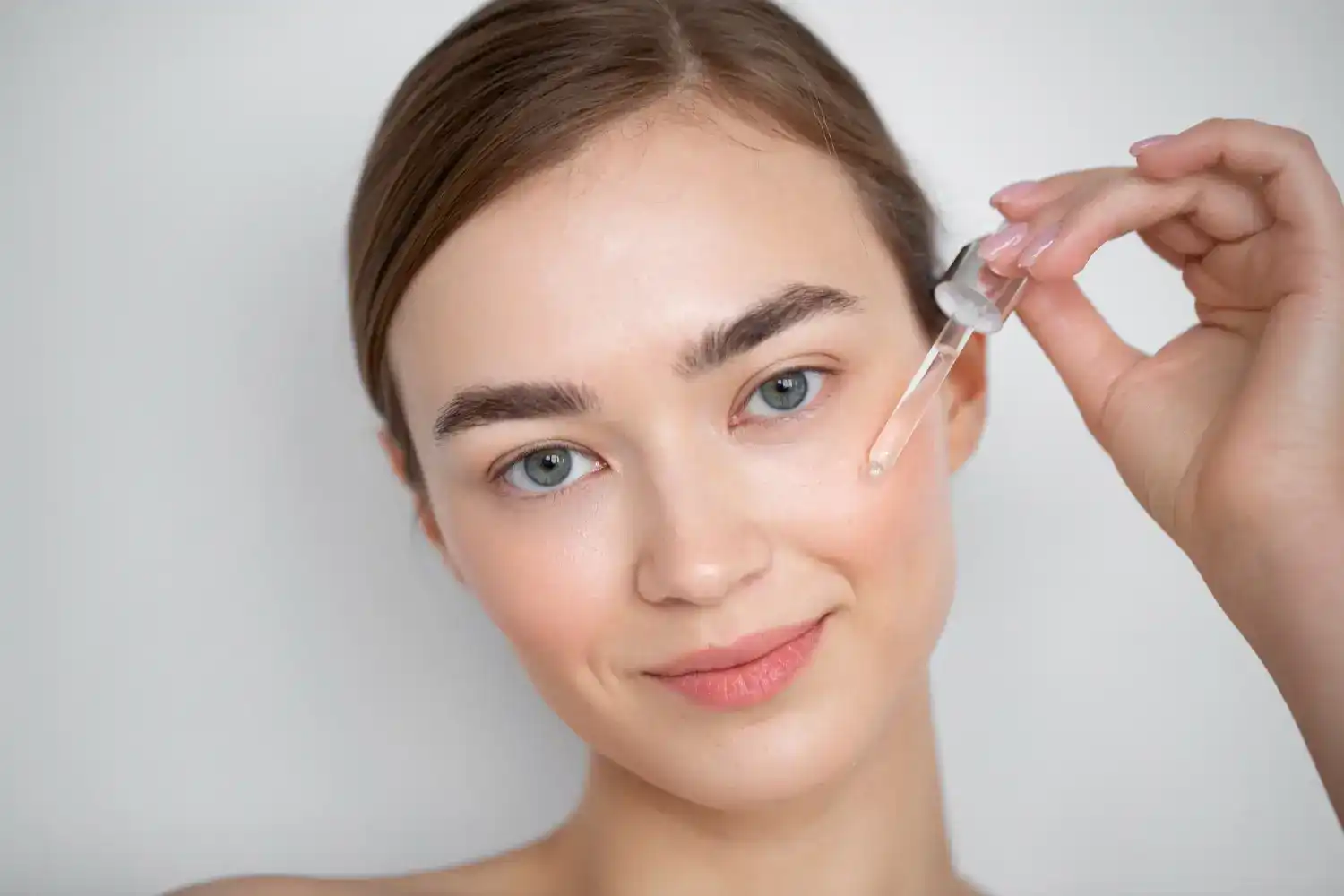
Factors Influencing Longevity
Think of your Dermalax Plus filler not as a permanent implant but as a temporary resident in your skin, and how long it stays is negotiated by a combination of your biology, your habits, and the skill of your injector. The single greatest factor, accounting for an estimated 40-50% of the variation in longevity, is an individual’s unique metabolic rate. Someone with a faster cellular turnover will naturally break down hyaluronic acid more quickly. A 25-year-old athlete might metabolize filler at a rate 20-30% faster than a 55-year-old individual with a more sedentary lifestyle, simply due to the raw speed of their biological processes. This is the most unpredictable variable and the main reason why two people getting the exact same treatment can have results that last 8 months versus 14 months.
Where the filler is placed creates a massive difference in its lifespan due to mechanical stress. Areas with high muscle movement and dynamic expression experience constant compression and stretching, which physically accelerates the breakdown of the gel particles. Filler in the lips (orbicularis oris muscle) or around the mouth (e.g., nasolabial folds) is subjected to thousands of micro-movements daily from talking, eating, and smiling. This can reduce longevity by as much as 30-40%, often requiring touch-ups around the 8-month mark. Conversely, filler in static areas like the chin, jawline, or temples experiences minimal mechanical stress, allowing it to frequently last the full 12-14 month range as the degradation is primarily just slow, natural metabolic dissolution.
Your lifestyle choices directly fuel or slow down your body’s metabolic engine. Consistent, intense cardiovascular exercise that elevates your heart rate to 75-85% of its maximum for 45-60 minutes, 4-5 times a week, increases blood flow and lymphatic drainage, potentially speeding up filler breakdown by an estimated 10-15%. High levels of sun exposure without SPF 50+ protection generates UV radiation that creates free radicals and breaks down collagen and HA in the skin, indirectly shortening filler duration. Smoking is a major accelerator; the chemicals in tobacco smoke dramatically impair skin health and circulation, potentially slicing 20% or more off the expected lifespan of your filler.
The expertise of your injector is the one external factor you have complete control over, and it’s critical. An experienced practitioner who deposits the filler at the correct depth (typically mid-to-deep dermis for most corrections) and in the proper tissue plane ensures the product is integrated stably and is less susceptible to rapid metabolic clearance. They also know how to use the right amount of product to achieve the desired effect without overloading the area, which can lead to increased pressure and faster dispersal. A poorly placed injection can not only look unnatural but also disappear 2-3 months faster than one that is expertly administered.
Treatment Areas & Duration
Where you place Dermalax Plus is just as important as what you place. The specific anatomical area dictates the injection technique, the required volume, and critically, the expected lifespan of the filler. This variation is primarily due to differences in muscle movement density, blood flow, and skin thickness, which can create a 60% difference in longevity between the most active and most static zones.
For lip augmentation and enhancement, Dermalax Plus is a popular choice due to its soft consistency (G’ of ~190 Pa). However, the orbicularis oris muscle is one of the most active in the body, contracting countless times a day. This constant mechanical stress significantly accelerates breakdown. A standard 1.0ml injection into the lips for a 20-30% volume increase will typically have a shorter duration of 6-8 months before a noticeable ~40% reduction in volume occurs, prompting a touch-up. The vermillion border may last slightly longer, around 9 months.
Nasolabial Folds (Smile Lines): This area experiences high compression from smiling and talking. Correcting moderate folds often requires 0.8-1.2ml per side. The duration here is a median of 9 months, with a range of 8-11 months. The filler integrates well but is subjected to constant shearing forces.
Conversely, treatment in the lower face and jawline offers significantly better longevity. These areas have dense, fibrous tissue and limited muscle movement.
- Jawline Contouring: Used to create a sharper, more defined mandible line. This is a structural treatment, often requiring 1.5-2.0ml per side deposited periosteally. The relative stillness of the area allows filler to last 12-15 months, sometimes longer.
- Chin Augmentation: Similar to the jawline, enhancing the chin projection involves deep placement. A volume of 1.0-1.5ml can provide a noticeable 3-5mm of forward projection that is highly stable, lasting 12-14 months on average.
The mid-face, including the cheeks and tear troughs, presents a middle ground.
- Cheek Augmentation: Restoring volume to the malar area provides structural support. Using 0.8-1.5ml per cheek, results are robust due to the thicker skin and tissue, lasting a solid 10-12 months.
- Tear Troughs: This is an advanced technique for under-eye hollows. The skin is thin and delicate, requiring very precise, shallow placement of a small volume (0.3-0.5ml per side). Duration is often 9-11 months, as the lymphatic activity in this region is higher.
For skin hydration and improvement of skin texture across the entire face, a micro-droplet technique (mesotherapy) is used. This involves 5-10mL of diluted product distributed in hundreds of tiny injections across a large area. Because the product is so superficial and dispersed, the body absorbs it faster for a systemic effect, but the visible skin quality improvements—such as a 25-30% increase in measured hydration—typically last 4-6 months, requiring 3 sessions 4 weeks apart for optimal, cumulative results.
Comparing Other Fillers
Dermalax Plus occupies a specific niche, and comparing its 23 mg/mL concentration and ~190 Pa elasticity (G’) to other brands reveals clear winners for different applications. Its real competition comes from other monophasic hyaluronic acid fillers like Juvederm Vycross products and Restylane Defyne/Refyne, not the thicker, biphasic options designed for deep structural support.
The primary trade-off is usually between softness for flexibility and firmness for lift. Dermalax Plus, with its medium viscosity and high elasticity, is fantastic for areas that require natural movement. A filler like Juvederm Voluma, with a G’ of ~400 Pa (over twice as firm), is engineered for deep cheek augmentation to restore significant volume loss and provide a lifting effect of 2-3mm on the midface. It’s placed on the bone and lasts longer—18-24 months—but that stiffness makes it unsuitable for lips. Conversely, Restylane-L, a biphasic filler with a G’ of ~250 Pa, is often chosen for lip borders because its particulate nature allows for very precise definition, though it may feel less soft than Dermalax Plus and lasts a similar 9-12 months.
| Filler Brand (Common Type) | Typical HA Concentration | Approx. Elasticity (G’) | Best For & Volume | Median Duration |
|---|---|---|---|---|
| Dermalax Plus (Monophasic) | 23 mg/mL | ~190 Pa | Lips, fine lines, hydration. Vol: 1ml | 10 months |
| Juvederm Ultra Plus (Biphasic) | 24 mg/mL | ~340 Pa | Deeper folds, shaping. Vol: 1ml | 12 months |
| Restylane Defyne (Monophasic) | 20 mg/mL | ~200 Pa | Dynamic areas like laugh lines. Vol: 1ml | 12 months |
| Juvederm Voluma (Vycross) | 20 mg/mL | ~400 Pa | Cheek augmentation, deep volume. Vol: 2ml | 21 months |
| Belotero Balance (Monophasic) | 22.5 mg/mL | ~130 Pa | Under-eye, superficial lines. Vol: 0.5-1ml | 6-9 months |
For practitioners, the choice often comes down to the rheology—how the product flows and feels during injection. Dermalax Plus’s monophasic nature provides a smoother, more consistent extrusion force through a 30-gauge needle, allowing for linear threading and fanning with minimal effort. A biphasic filler like Restylane may require 15-20% more injection pressure and can sometimes be felt as a more distinct bolus initially.
Maintaining Your Results
You can’t stop your body from metabolizing hyaluronic acid, but you can definitely slow the process down and protect your investment. Think of it like this: good aftercare can potentially extend the duration of your results by 15-20%, pushing that median 10-month lifespan toward a full year or more. It’s about minimizing factors that accelerate breakdown.
Your daily skincare routine is your first line of defense. The number one enemy is UV radiation from the sun. UVA/UVB rays generate free radicals that break down collagen and hyaluronic acid at a cellular level. Consistent use of a broad-spectrum SPF 50+ sunscreen every single day, even when cloudy, can reduce this degradation rate by an estimated 10-15%. Reapplication every 2 hours of direct sun exposure is critical. Pair this with antioxidant serums containing L-Ascorbic Acid (Vitamin C) at concentrations of 10-20% each morning. These antioxidants neutralize free radicals before they can cause damage, creating a protective barrier that helps preserve both your natural skin and the injected HA.
| Factor | Actionable Strategy | Expected Impact on Longevity |
|---|---|---|
| Sun Exposure | Daily SPF 50+, reapply q 2h in sun | +10-15% extension |
| Skin Health | Vitamin C serum (15%), Peptides, Moisturizers | Improves skin quality, supports filler integration |
| Exercise | Avoid intense cardio for 48h post-injection. Then, moderate routine. | Prevents early displacement; high frequency may reduce duration by ~5% |
| Sleep Position | Sleep on your back for first 2 weeks | Prevents pressure-induced migration from side-sleeping |
| Product Touch-Ups | Schedule consultation at 9-month mark | Maintains consistent appearance without full re-treatment |
Lifestyle adjustments are non-negotiable. While you don’t need to quit the gym, be strategic. Avoid high-intensity cardio (heart rate >150bpm) for the first 48 hours post-injection to prevent swelling and early displacement. After that, a balanced routine is fine; however, athletes who train at 80%+ max heart rate for 60+ minutes, 5 days a week may notice a 5-7% faster metabolic breakdown due to drastically increased blood flow and lymphatic drainage. Smoking is a major culprit, constricting blood vessels and impairing skin health; it can slash up to 20% off your filler’s lifespan. Hydration is also key: drinking 2-3 liters of water daily ensures your body (and the HA sponge) is fully hydrated, optimizing the appearance and health of your skin.
Recommended Products
Belotero Korean Version
$107.00 – $214.00
Select options
This product has multiple variants. The options may be chosen on the product page
Rejuran S Multi-Action Skin Repair Solution – 1.0ml Professional Skin Booster
$88.00
Add to cart
Rated 5.00 out of 5
Juvederm® Volite Lidocaine Skin Booster with 12mg/ml HA(2x1ml Syringes)
$195.00
Read more
Rated 4.50 out of 5




